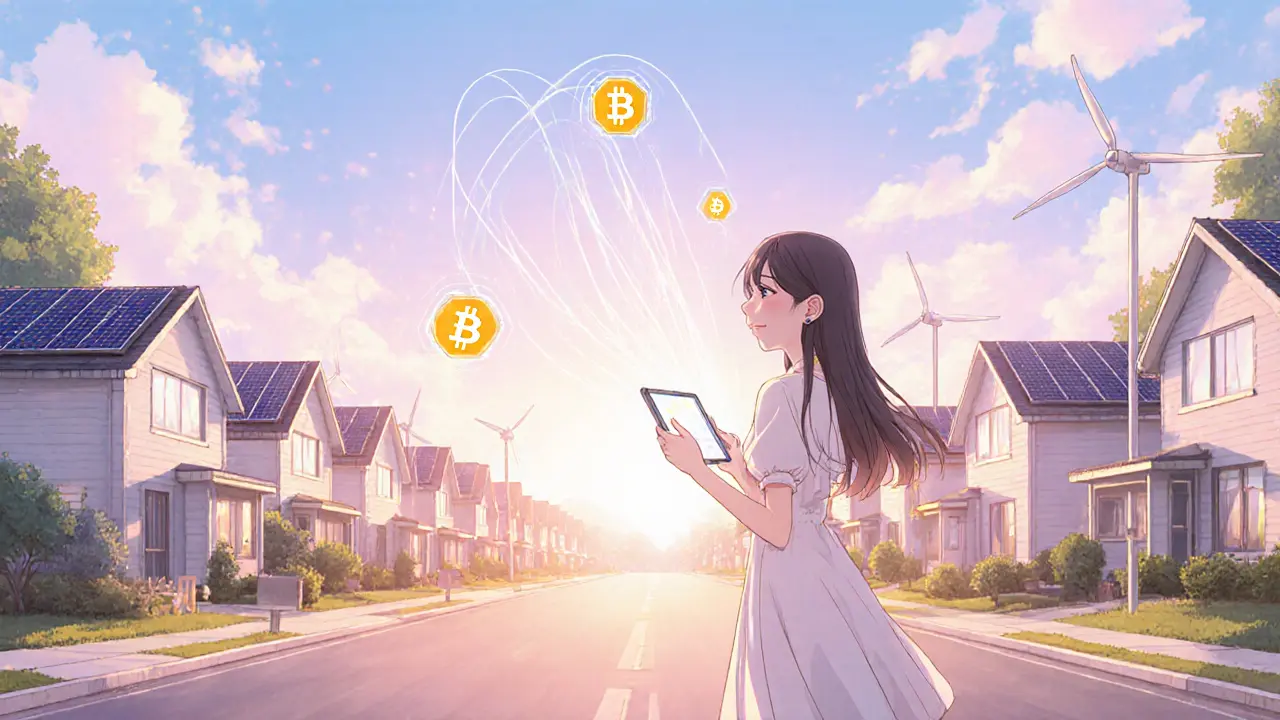Blockchain Microgrid Integration Explained
When working with blockchain microgrid integration, the use of distributed ledger technology to connect and manage local energy grids. Also known as decentralized energy networking, it enables real‑time energy sharing and transparent accounting across producers and consumers. In plain terms, it means you can sell excess solar power to your neighbor, have the transaction recorded on an immutable ledger, and let the system settle automatically. That level of trust comes from three core pieces: data, code, and incentives.
Key Building Blocks
A key component is smart contracts, self‑executing code that automates trades and settlements without a middle‑man. These contracts enforce pricing rules, verify meter readings, and trigger token transfers the moment a kilowatt‑hour is delivered. Smart contracts also reduce transaction costs, so microgrid participants keep more of the money they earn.
Another driver is IoT sensors, devices that measure generation, consumption and grid status in real time. The sensors feed granular data to the blockchain, creating an auditable trail that anyone can verify. When a solar panel produces 5 kWh, the IoT node reports that figure, the smart contract checks the buyer’s balance, and the token transfer happens instantly.
Many projects issue renewable energy tokens, digital assets that represent a kilowatt‑hour of clean power. Token holders can trade them on secondary markets, creating liquidity for otherwise illiquid energy assets. This tokenization turns sunshine into a tradable commodity, attracting investors who want exposure to clean energy without building a solar farm themselves.
All of these pieces together enable peer‑to‑peer energy trading. Instead of relying on a central utility to set rates, participants negotiate directly, and the blockchain records every exchange. The result is a more resilient grid that can adapt to local supply‑and‑demand spikes, lower emissions, and better price signals for both producers and consumers.
From a regulatory perspective, blockchain microgrid integration lines up with emerging policies on distributed energy resources. Countries are drafting rules for digital energy markets, and compliance tools—like the FinCEN exchange registration guides or the EU Travel Rule overview—show how crypto expertise can help navigate those frameworks. Understanding tokenomics, as covered in our coin reviews for projects like NEXUS or BigONE, gives you a head start on designing fair token models for energy assets.
Security is another angle. Just like crypto exchanges need AML/KYC procedures, microgrid platforms must protect against malicious data feeds. The same best practices—hardware wallets for key management, audit trails, and multi‑signature approvals—apply to both finance and energy use cases. Our articles on compliance costs and FinCEN registration provide a practical roadmap for building trustworthy systems.
Finally, community participation fuels growth. Open‑source forums, airdrop programs, and hackathons (think Bot Planet or SWASH) encourage developers to experiment with new energy‑focused dApps. Those incentives mirror the way renewable energy tokens can be distributed to early adopters, creating a network effect that accelerates adoption.
Below you’ll find a curated collection of articles that dive deeper into the crypto side of things—coin analyses, compliance guides, and airdrop details—all of which can inform how you approach blockchain microgrid integration. Whether you’re a developer, a grid operator, or an investor looking for the next clean‑energy token, the resources ahead will give you actionable insights to get started.
How Blockchain Transforms Microgrids: Peer-to-Peer Energy Trading Explained
Explore how blockchain turns microgrids into decentralized energy markets, enabling secure peer‑to‑peer trading, smart contracts, and greener power management.
